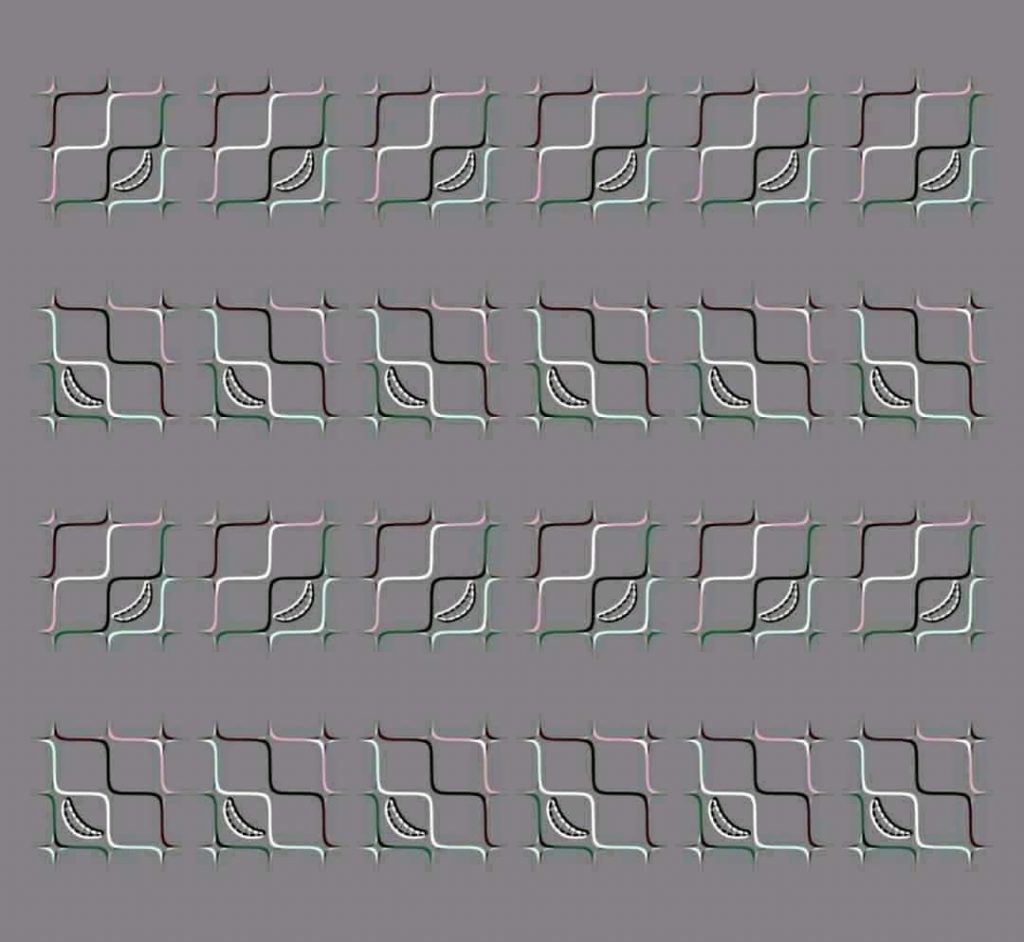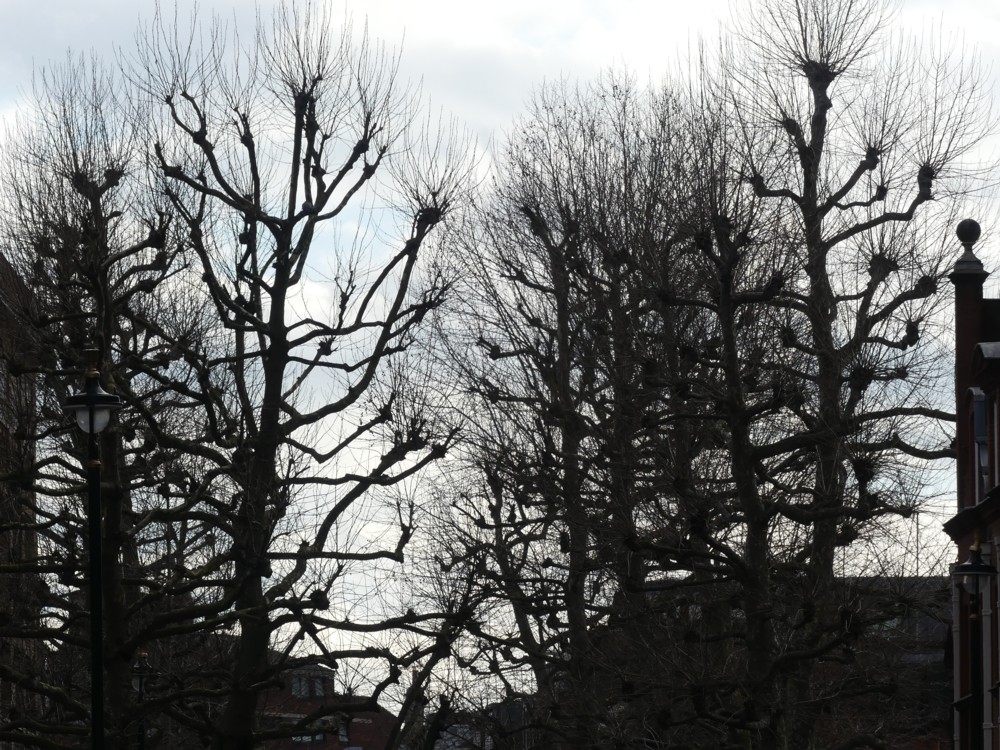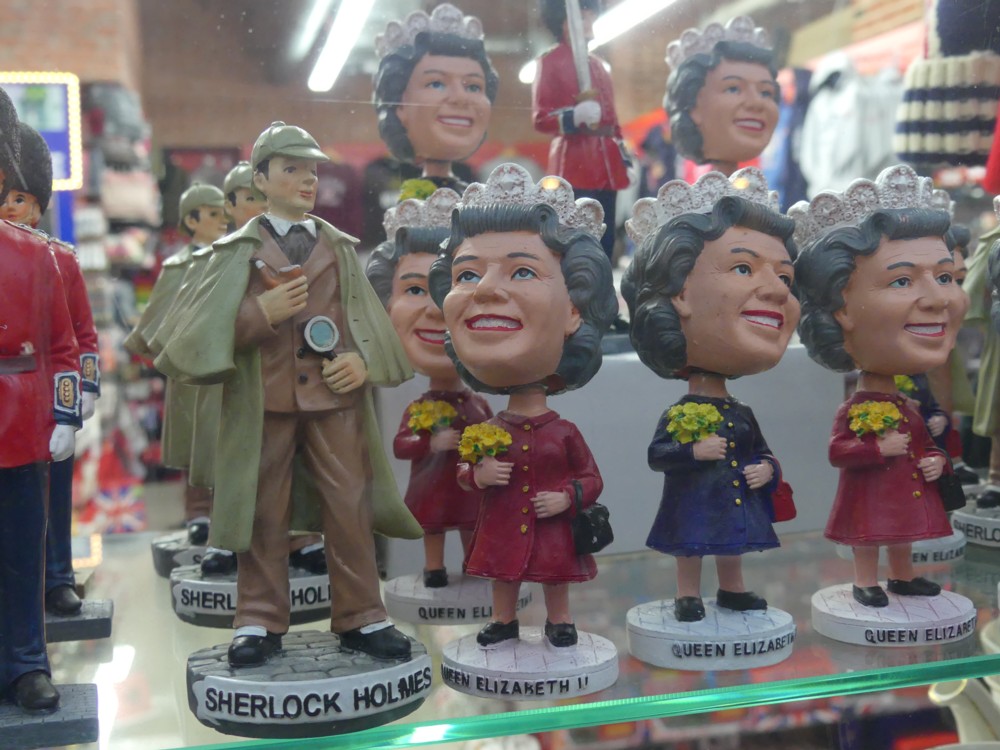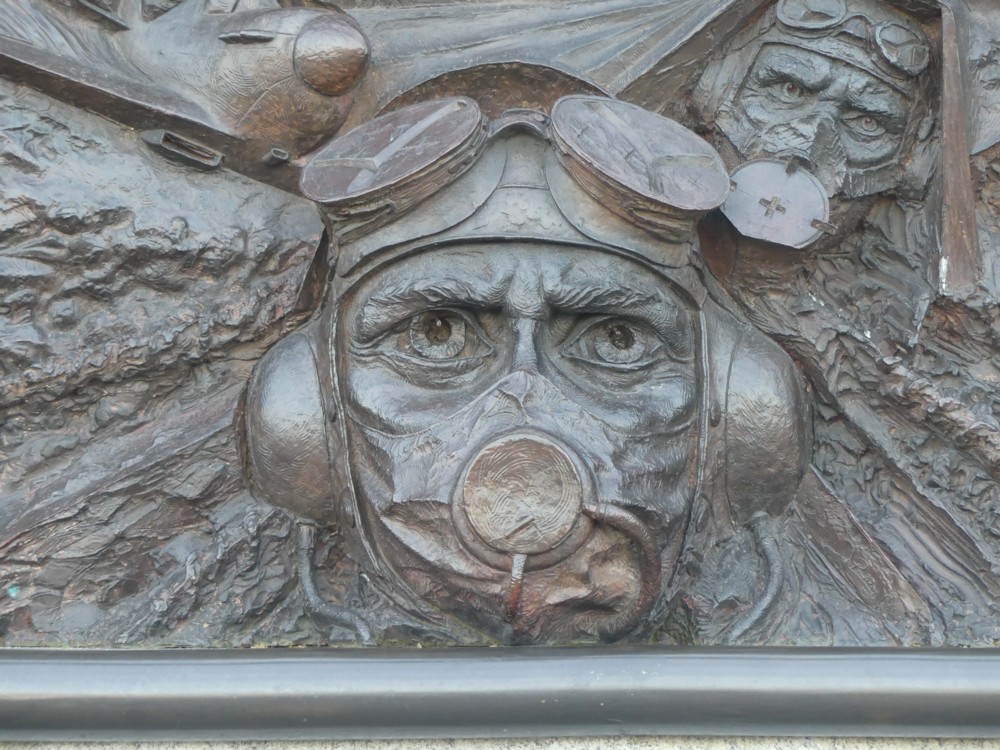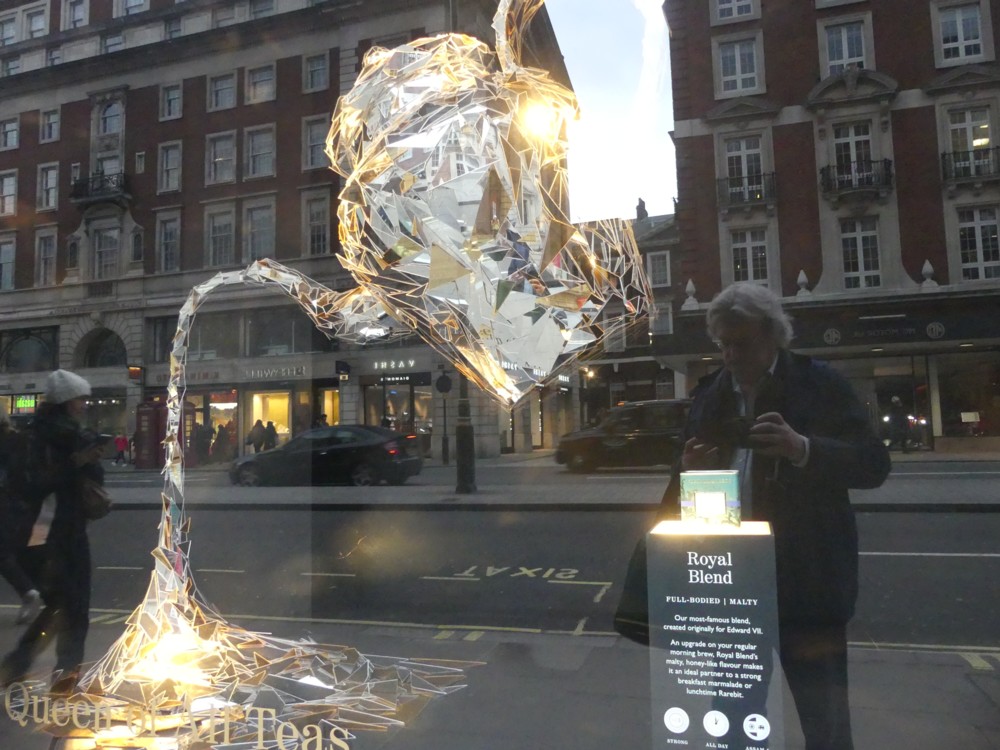Yes, today’s “other creature” is a sealion, Operation Sealion, Hitler’s plan to invade Britain in 1940. And this posting is another bit from a book. Which book? Well, I greatly admire the books of Leo McKinstry, and have done ever since I read his wonderful biography of Geoffrey Boycott. So, as soon as I discovered that McKinstry had written a book about Operation Sealion, I bought it. I now possess it, and as soon as I have read the other seven or eight books above it in my TO READ list, I will start reading it. I may even start reading it sooner than that.
This early bit (pp. 4-6), from the Introduction, has already confirmed the wisom of the purchase:
Wartime legend has presented the heroics of the RAF as an exception to an otherwise desperate military performance by Britain in I940. In this narrative, there is a chasm between the daring and efficiency of Fighter Command and the woeful inadequacy of most other parts of the British war effort. Defeat was inevitable if the RAF was overwhelmed, according to the traditional account, which portrays Britain as hopelessly ill equipped in the face of the Nazi war machine. It was a supposed weakness highlighted by the paralysis in the civil service, the chronic shortages of men and weaponry in the regular army, the lack of modern vessels in the navy and the country’s feeble home defences. The might of Hitler’s Reich, which had blitzed its way through Poland, Scandinavia and Western Europe, would hardly have been deterred by some hastily erected pillboxes, rolls of barbed wire and lightweight guns. The ultimate symbol of Britain’s alleged vulnerability in I940 was the Home Guard, that makeshift force of volunteers whose very nickname, ‘Dad’s Army’, was so redolent of its antiquated nature in the savage new age of total war. Made famous for future generations by the television comedy series of the I970s, the Home Guard appeared more likely to provoke laughter than fear in the invader. The image of Home Guardsmen, devoid of rifles or uniforms, performing their pointless drill routines with broomsticks and pitchforks, has long been held to characterise how badly prepared Britain was. This outlook is encapsulated in a remark made by a volunteer from Great Yarmouth when his unit was inspected in the summer of 1940 by a senior army officer, who asked: ‘What steps would you take if you saw the Hun come down in parachutes?’
‘Bloody long ones: came the reply.
But the commonly held belief in Britain’s defencelessness in 1940 is hardly matched by the historical facts. The Few of Fighter Command were not an exception but part of a national pattern of resolute determination and thoroughness. In almost every aspect of the war effort in 1940, Britain was far better organised than the mythology suggests. The Royal Navy’s Home Fleet, guarding every part of the southern and eastern coastlines, represented a formidable obstacle to German ambitions. Between Sheerness and Harwich alone, the navy had thirty destroyers. RAF Bomber Command relentlessly pounded the invasion fleet, weakening the morale of the German forces. Similarly, the British army had gained enormously in strength and equipment since the fall of France. In September 1940, when the invasion threat was at its height, there were no fewer than 1,760,000 regular troops in service, many of them led by tough- minded figures like Alan Brooke, Claude Auchinleck and Bernard Montgomery. The same is true of the Home Guard, whose broomsticks had by then largely vanished. Most of the volunteers were armed with highly effective American rifles, which were superior, in some respects, to those used by the regular soldiers. Outside the military sphere, the British home front was just as impressive. Aircraft production was much higher than that in Germany, factory hours longer. Major operations, like the evacuation of children from areas at risk of attack, the removal of gold from the Bank of England vaults, or the transfer of national art treasures to remote shelters in Wales, were carried out with superb efficiency.
What is so striking about the British authorities at this time is pressure for survival. During his leadership of V Corps, in the front line of the army’s southern command, Montgomery set out his creed to his officers. ‘We had got to the stage where we must do as we like as regards upsetting private property. If a house was required as an HQ it must be taken. Any material required to improve the defences must be taken.’

